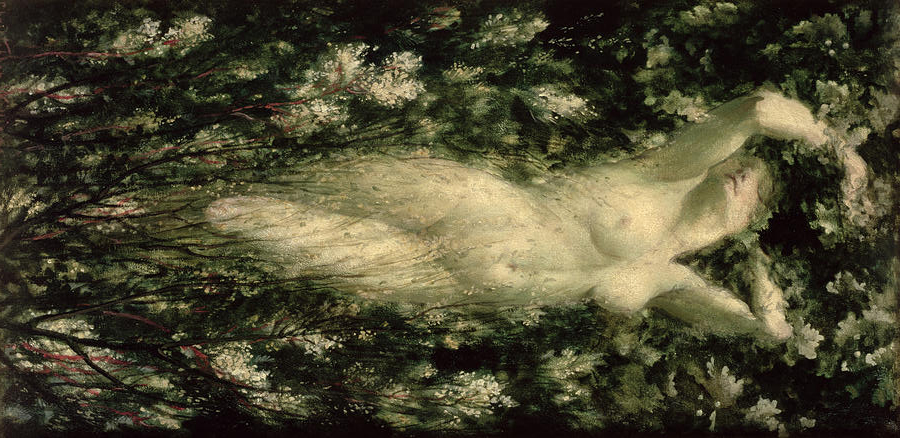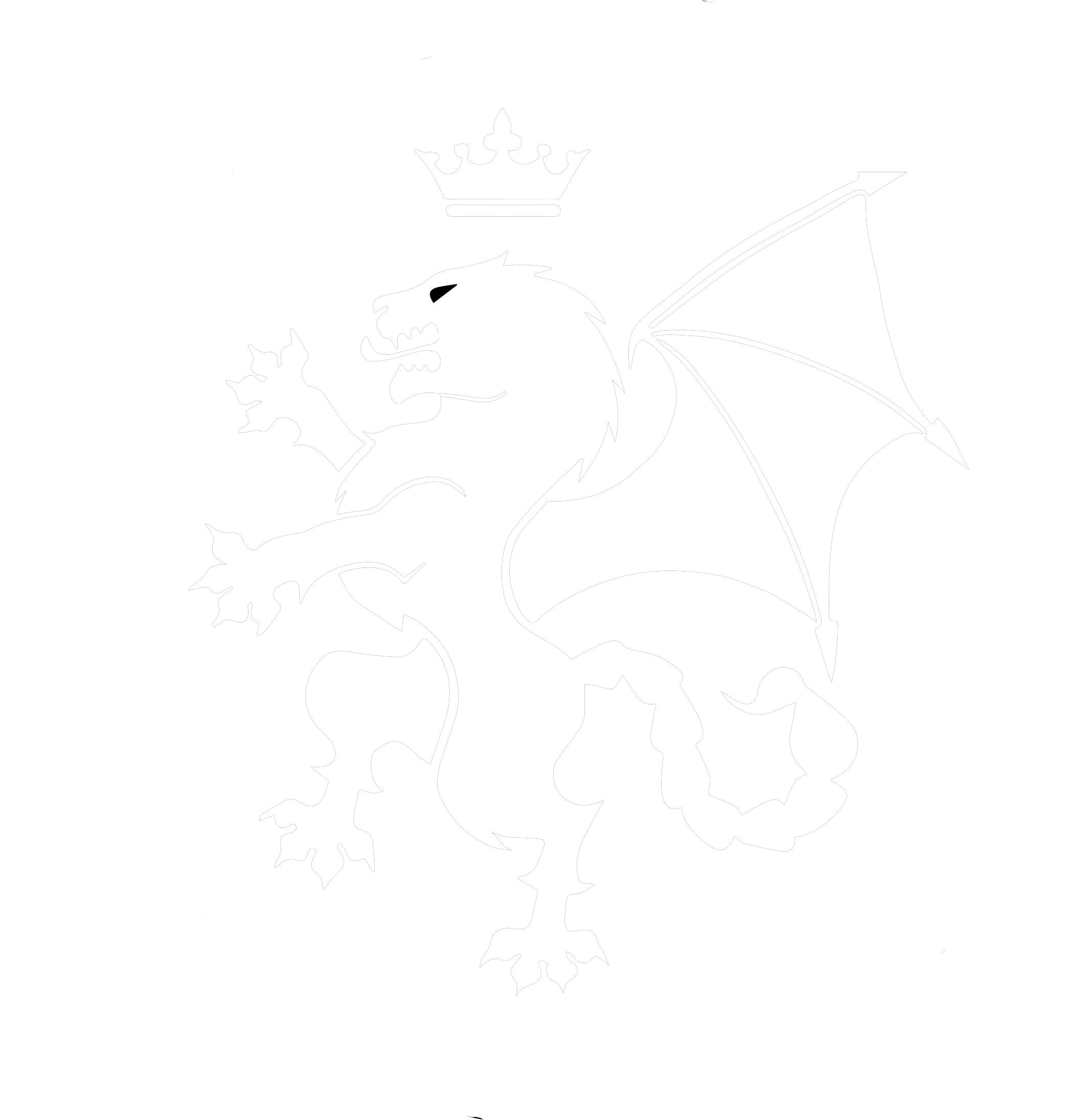
Juleigh Howard-Hobson
The May Queen. We celebrate her appearance and her blossoming forth at this time of the year through Walpurgis observances, May Day faires, and Beltaine festivities. We’ve always known her, whether she is called by her ancient names of Flora, Maia, or Freya or the relatively modern names of Godiva, Guinevere, or Marian.
The Welsh legend of Blodewedd [1] (which is pronounced almost as it looks: bloody-weth ) is not so well known, but Blodewedd — of all the incarnations of this Spring Earth Goddess — is the most splendidly interesting May Queen of them all.
Blodewedd was considered to be the fairest maiden ever seen, a lovely sum total of the nine types of blossoms — bean, broom, burdock, chestnut, hawthorn, meadowsweet, nettle, oak, and primrose — that were used to magically form her. To emphasize her beauty, her supernatural origins, and her ultimate role as a May Queen, her name in Welsh means ‘Flower Face’.
Blodewedd was created out of love, a family gift to by-pass a curse placed on the great Welsh hero, Llew Llaw Gyffes, which caused him to never be able to wed a real woman. Llew’s uncles piled flower on top of flower until they had made a flower woman, a lady of the green, a May Queen, for him to marry.
The mystical manifesting of Blodewedd restores balance and lets life go forward, as happens when winter meets spring. Llew is this Winter King who marries this May Queen. Their marriage rites were held on Beltaine. All was well for them, for a while.
Then came summer. The marriage of winter and spring always comes down to this season, May Queen legend after legend.
So Llew, as Winter King, had to ultimately face the Summer King – a hunter named Gronw Pebyr, with whom Blodewedd fell in true love at first sight.
So Blodewedd as May Queen — or, if you like, Mother Nature — caused the seasons (Llew and Gronw) to battle for her hand, her attentions, her domain, her world.
Winter always must give up. Yet, summer must always give up too. Such is the way of the world.
Through the maneuvers (some might say downright female trickery) of Blodewedd, Llew — despite being a virtually invulnerable hero — was pierced by the magical spear of Gronw…of course Llew didn’t quite die. Winter never leaves the earth forever. Llew became an eagle and eventually, as the seasons rolled around, returned to human form, to further pursue Gronw.
Blodewedd was punished for her role in this, but like the spring, she would not be vanquished or even sent from the lands. Can the magical essence of spring be banished if the world is to continue its eternal turnings? Blodewedd was magically turned into an owl, that dread omen of death, completing the cycle of the maiden to the crone, May Queen to Dark Mother that she started when she was first created from pale blossoms in the light of spring.
[1] Can also be spelled Blodeuwedd or Blodeuedd.

